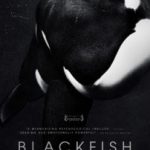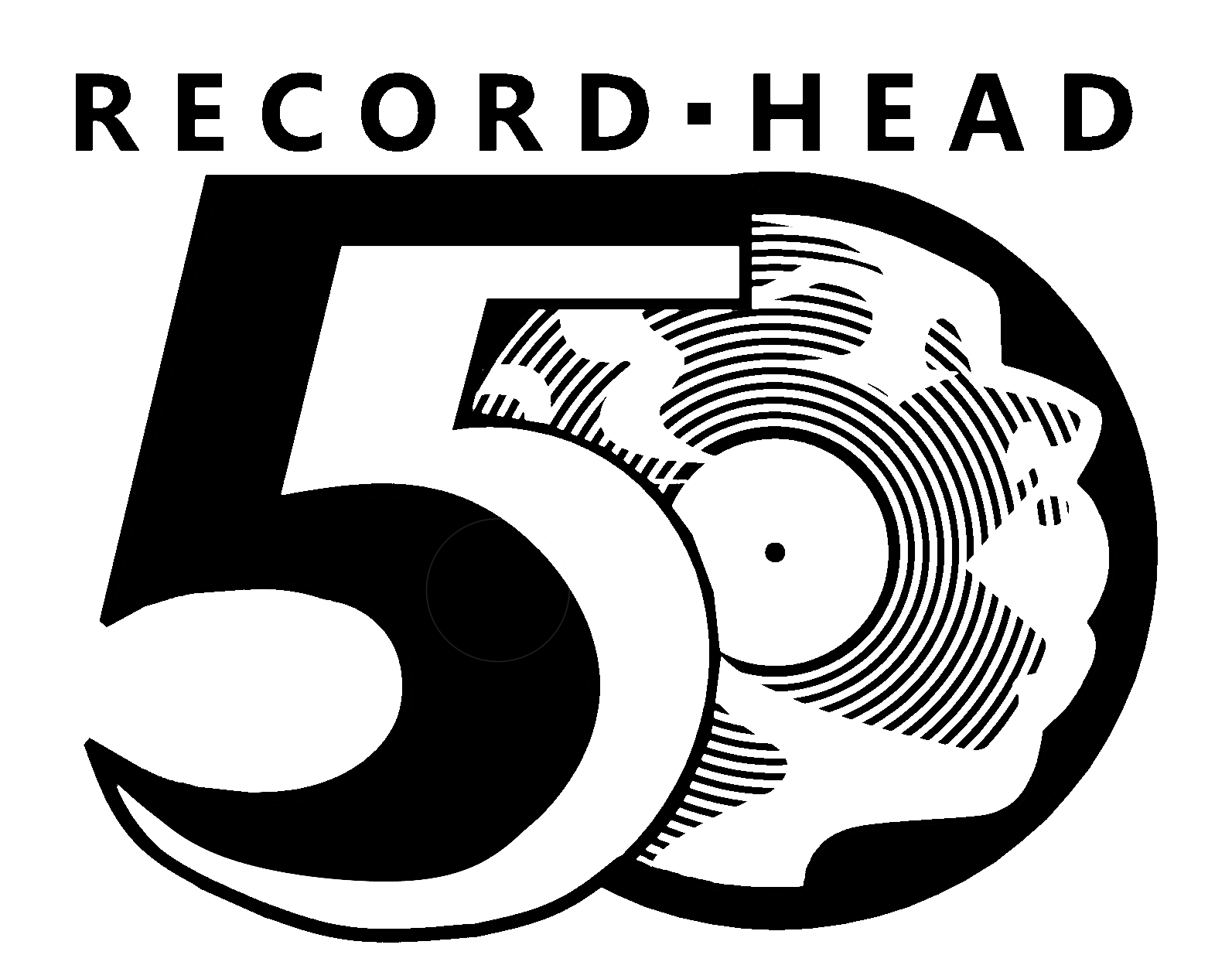
Film is a powerful platform. This art form plays with our emotions, exposes us to new situations and can even change our perspective on the world around us.
Sometimes films don’t need a huge budget to tell a story. Directors and filmmakers around the world can take an idea and bring it to life using a true story or theoretical framework. When consumers open their eyes to a new point of view, cultural movements alter how we think and feel about a given subject.
Following is Record Head’s list of the top five films that changed the world.
1. Blackfish
 “Blackfish” transformed the way humans view animal rights. This documentary was released in 2013 after the tragic incident of an orca attack at SeaWorld. Essentially, an orca was kept in a cramped tank where eventually the whale spiraled out of control and killed several of its trainers.
“Blackfish” transformed the way humans view animal rights. This documentary was released in 2013 after the tragic incident of an orca attack at SeaWorld. Essentially, an orca was kept in a cramped tank where eventually the whale spiraled out of control and killed several of its trainers.
This film swam its way into millions of households after humans learned of the frequent mistreatment of marine animals within zoos and theme parks. SeaWorld was severely harmed by a rush of protesters, video shares and news stories online. Today, SeaWorld no longer offers live whale shows, and it ended its breeding program.
2. Super Size Me
 “Super Size Me” portrays the story of Morgan Spurlock and his commitment to eat only McDonald’s for one month. The nation experienced a huge change in opinion after seeing the negative health effects of the filmmaker. Viewers see Spurlock gain weight and experience depression along his journey.
“Super Size Me” portrays the story of Morgan Spurlock and his commitment to eat only McDonald’s for one month. The nation experienced a huge change in opinion after seeing the negative health effects of the filmmaker. Viewers see Spurlock gain weight and experience depression along his journey.
McDonald’s and competing fast food restaurants began to eliminate “super size” options as a response to the film. Consumers now look for healthier options on the menu, with additions such as salads, fruits and vegetarian options.
3. Bambi
 Both children and adults love the story of Bambi. This 1942 cartoon tells the story of a baby fawn that loses its mother after she gets shot by a hunter. Even though this film is a cartoon, viewers get to see an adorable take on the wilderness, as the animals all have their own families.
Both children and adults love the story of Bambi. This 1942 cartoon tells the story of a baby fawn that loses its mother after she gets shot by a hunter. Even though this film is a cartoon, viewers get to see an adorable take on the wilderness, as the animals all have their own families.
“Bambi” touched the hearts of viewers, and hunters fell victim to the “Bambi effect.” In other words, those who watched the movie typically view the outdoors differently. A number of hunters packed their rifles away for good in response to the movie.
4. The Day After Tomorrow
 This 2004 big screen hit shows what a second ice age looks like in New York City. The film features a look at extreme weather effects across the globe. Although the movie is based on a fictional script, the result of the movie transformed the way Americans view the Earth. Concerns over global warming and pollution became the front of conversations in the media. A second ice age might be impossible, but “The Day After Tomorrow” got viewers thinking about what effects we have on our planet.
This 2004 big screen hit shows what a second ice age looks like in New York City. The film features a look at extreme weather effects across the globe. Although the movie is based on a fictional script, the result of the movie transformed the way Americans view the Earth. Concerns over global warming and pollution became the front of conversations in the media. A second ice age might be impossible, but “The Day After Tomorrow” got viewers thinking about what effects we have on our planet.
5. Philadelphia
 “Philadelphia” tells the story of a gay man struggling with the onsite of HIV/AIDS. Even into the 1990s, the concept of this illness was encompassed by fear and controversy, as not everyone understood how it spread. Tom Hanks changed the conversation on this subject through his character portrayal of Andrew Beckett in “Philadelphia.” Bringing the HIV/AIDS illness to the big screen resulted in empathy for those suffering and fewer feelings of homophobia across the country. This film marked the start of a change in attitudes for the gay community.
“Philadelphia” tells the story of a gay man struggling with the onsite of HIV/AIDS. Even into the 1990s, the concept of this illness was encompassed by fear and controversy, as not everyone understood how it spread. Tom Hanks changed the conversation on this subject through his character portrayal of Andrew Beckett in “Philadelphia.” Bringing the HIV/AIDS illness to the big screen resulted in empathy for those suffering and fewer feelings of homophobia across the country. This film marked the start of a change in attitudes for the gay community.







